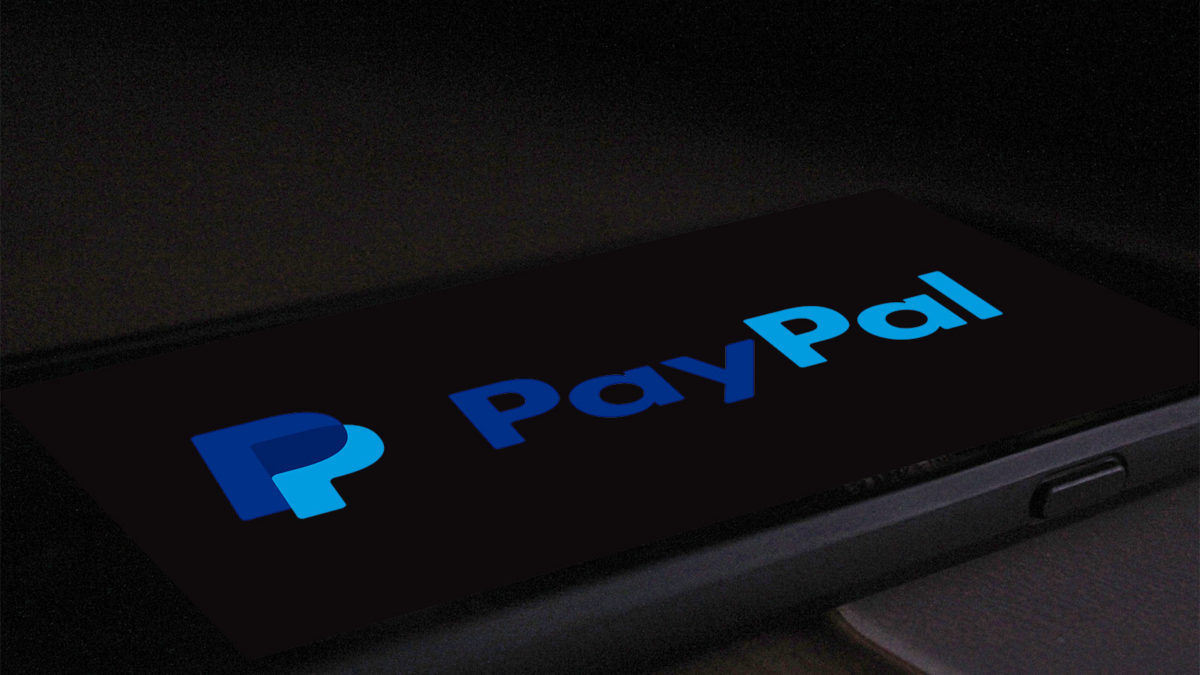As PayPal and Afterpay go head to head, the BNPL sector evolves
For those that aren’t Buying Now and Paying Later, get with the times. According to a survey conducted by e-commerce platform BigCommerce and PayPal; “62.5 per cent of respondents reported doing most of their purchasing online. Close to half said they’re discovering new products on social media at least once a month, and 66.7 per cent of respondents said they’ve made a purchase directly through their phone at least once in the past month.”
The shift is clear.
Marketing firm B&T says, “Consumers are moving away from bricks-and-mortar stores and onto digital commerce where merchants are increasingly adopting buy now pay later (BNPL) solutions for their e-commerce stores, with Australia leading the way.” Roughly 48 per cent of Australian merchants offer BNPL options to customers. And so, the report released by Mozo, 2021 Buy Now Pay Later Report, has caught our attention, with some surprising findings.

Here are some startling statistics listed in the report:
- 52 per cent of Australian users admit to spending more using BNPL than debit or credit cards
- 33 per cent said BNPL is their go-to pay method
- 13 per cent said they use their debit card less since setting up BNPL
- 6 per cent said the same about their credit card.
- The most common methods in which Australians are making BNPL purchases:
- 16 per cent in a physical store
- 42 per cent online
- 37 per cent browsing BNPL app or website
- 5 per cent social media
Mozo says: “If your mind immediately went to the stereotypical teen or millennial users who rely on BNPL services to shop online for clothes they can’t afford, you might be surprised by the findings.” According to Mozo’s findings, “BNPL is not just a replacement for a credit card. Instead, it’s regarded as more of a money management platform, with users more likely to use it in this way in replacement of a debit card or savings.” So, how exactly are Australians using BNPL? And what are they using it for?
Here are some statistics:
- 65 per cent of Australians use BNPL to purchase household necessities – fridges, heaters, new beds, appliances and other functional household items.
- 57 per cent use BNPL for luxury items, such as designer clothing, jewellery, pet accessories and car accessories.
- 28 per cent use it for essential purchases like food and other items deemed as absolutely necessary to survive.
Gone are the days when BNPL was likened to lay-buy. Now days, BNPL is viewed very differently. Australians are using BNPL for money-saving opportunities to use its services to their advantage. BNPL has given shoppers a way to order multiple sizes/items and then return the ones that don’t fit before the second payment is due. It’s been dubbed, “Try Now, Return Later”.
The Mozo report found that: “30 per cent of users use BNPL to order multiple items at a time with the intent of returning some. Surprisingly, this shopping ‘hack’ could potentially be the motivating factor for many in actually picking a BNPL service.” In fact, the report found that 21 per cent of Aussies selected a BNPL provider that offered an easy returns process, proving the ‘try now, buy later’ trend has only just started.










